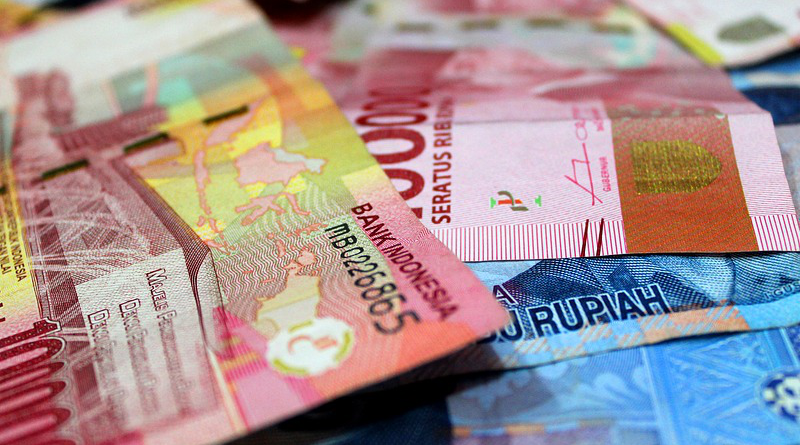Leveraging Indonesia’s Sovereign Wealth Fund – Analysis
By Krisna Gupta*
Indonesia received a visit from some of the managers of Australia’s largest superannuation funds in August 2022. The target of the visit was the Indonesia Investment Authority (INA), Indonesia’s sovereign wealth fund. This development is welcome as both countries try to improve economic ties following the 2020 Indonesia–Australian Comprehensive Economic Partnership Agreement (IA–CEPA).
Australian pension managers are not the only ones seeking to invest in the Indonesian sovereign wealth fund. The INA has received interest from various fund managers from Canada, the Netherlands and Abu Dhabi. Australian funds will help the INA achieve its target of managing US$20 billion from its current holdings worth US$28.5 million.
There are several ways the INA can attract more investment in Indonesia. The INA facilitates investment pooling, which enables foreign investment in a country with shallow capital markets. As a government initiative, the INA can help investment funds navigate a complex bureaucracy that often undermines Indonesia’s ability to attract funds despite its growing economy and relatively young population.
The INA focusses on investment in transportation, supply chains and logistics, digital infrastructure, the green economy, healthcare services, the financial sector, consumer and technology and tourism. These are all fast-growing and under-invested industries in Indonesia. The INA is also equipped with various privileges, such as preferential rights when purchasing assets from state enterprises and a mechanism to ensure it receives capital injections from the state budget in times of need.
All these benefits should be enough for the INA to attract more funds. But considering US$5 billion is coming from the state budget and shares, US$28.5 million in external funding is relatively small. The INA’s slow growth suggests that the sovereign wealth fund might Indonesia’s past troubles with attracting foreign investment.
The INA is seen by many as the latest attempt by Indonesian President Joko ‘Jokowi’ Widodo to use state-owned enterprises (SOEs) to boost growth. The INA’s target industries are those in which SOEs play a substantial role. Indeed, the INA’s first investment was in Mitratel, a telecommunication infrastructure SOE. Jokowi has also asked the INA to invest in Blok Masela, a government-led natural gas project delayed since the withdrawal of the government’s initial partner, Shell.
While the INA may strive to manage itself professionally and remain free from political influence, this is by no means guaranteed, especially when looking at its investment decisions. The INA’s short-term target seems to helpstate-owned construction companies. It is no secret that Jokowi’s debt-financed infrastructure projects lead to highly leveraged state-owned construction companies.
Still, infrastructure financing has in the past allowed state-owned construction companies to deleverage. Jakarta used Akses Pelabuhan Indonesia and Sarana Multi Investasi, both SOEs, to purchase assets from Waskita Karya, one of the most highly leveraged state-owned construction companies. The INA is buying another three segments of Waskita Karya’s toll road to help it deleverage further.
With decreasing tax revenue and limited fiscal discipline, SOEs have become Jokowi’s main vehicle to pursue his infrastructure investment and energy subsidy goals. Jakarta has already injected around US$24 billion worth of capital into its SOEs as corporate bond issuance is no longer a viable option. Jokowi has two years to leave a legacy worth remembering — the INA could be the last resort for his state-capitalist agenda as his options narrow.
Using the fund to deleverage firms could mean that SOEs only sell their least profitable assets to the INA. Since the INA can receive a capital injection in the form of SOE shares, these low-performing assets could be purchased with shares from high-performing SOEs. Part of the INA’s initial capital injection came from the Bank Rakyat Indonesia and Bank Mandiri, two of Indonesia’s most profitable SOEs.
But that sort of capital allocation could undermine the Indonesian government’s profit. There is little reason to think that the government can allocate capital more efficiently than the market.
The INA is still a relatively young fund. It is possible that, in the long run, deleveraging SOEs and financing state-led growth could be profitable for the INA. But even if the INA’s partners help the fund make better investments, it is best to keep a healthy scepticism about its future performance.
*About the author: Krisna Gupta is a lecturer at Politeknik APP Jakarta and an associate researcher at Center for Indonesian Policy Studies. He just completed his PhD in economics from Australian National University.
Source: This article was published by East Asia Forum

